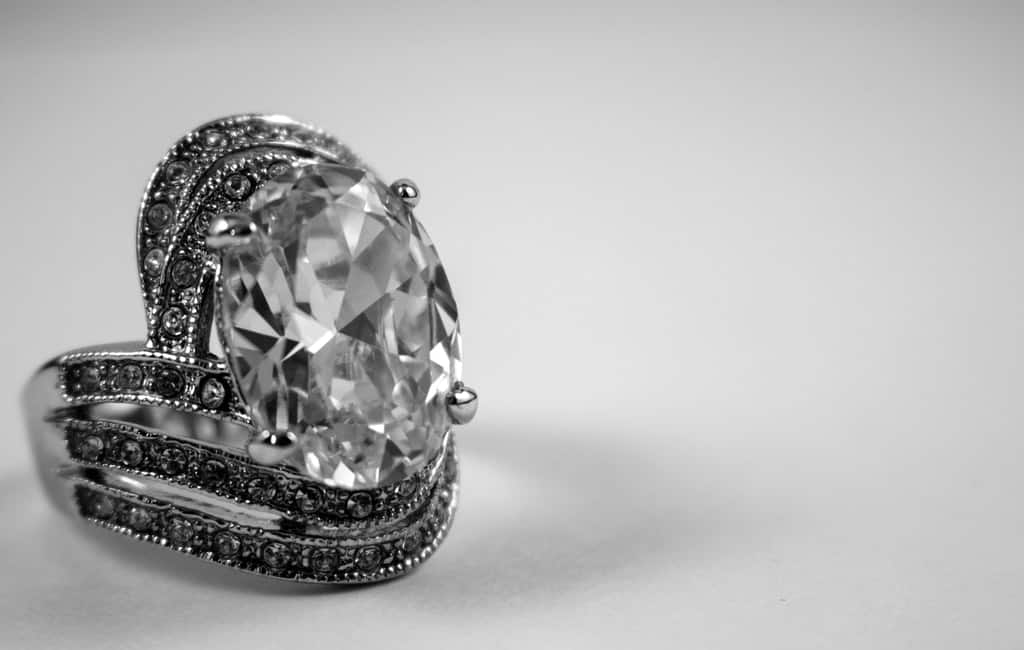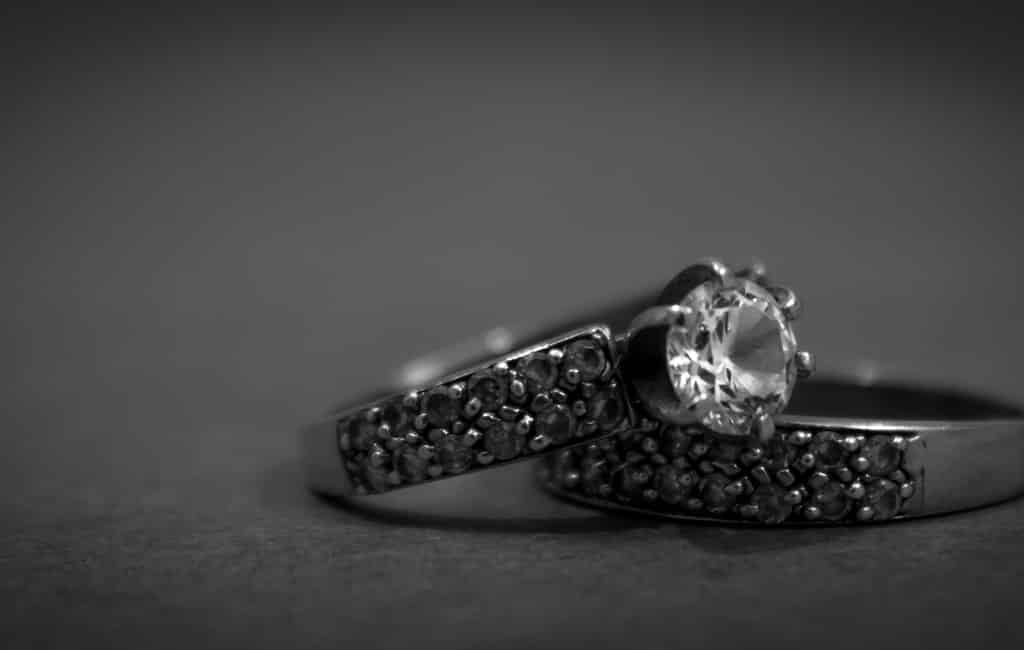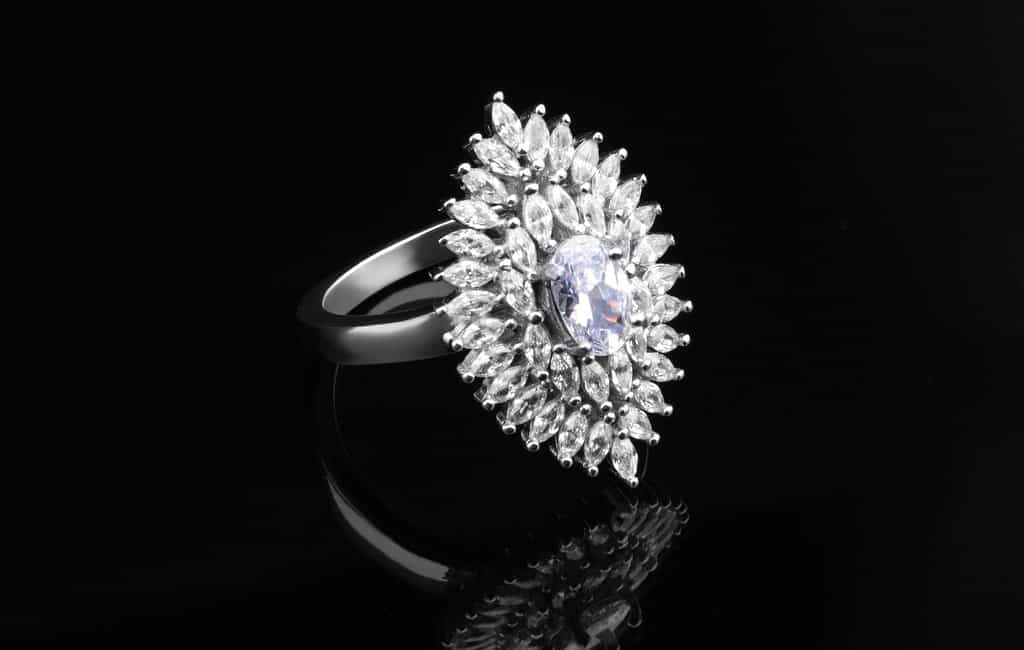Diamonds are the hardest materials known on earth. They are formed deep beneath the earth’s crust when elemental carbon becomes subjected to forces of extreme pressure and heat.
Normally, elemental carbon exists in two solid forms; diamond and graphite.
A diamond is the natural solid form of carbon which is made up of rigid and tightly bound carbon atoms, which are arranged within a crystal lattice. Also, diamonds are the hardest materials on earth. Graphite on the other hand, is the soft, amorphous solid form of elemental carbon which is formed beneath the earth’s surface.
HOW ARE DIAMONDS FORMED?
Diamonds are formed deep beneath the earth’s surface (about 90 – 125 miles beneath it), when deposits of pure carbon are acted upon extensively by geological forces of extreme heat and pressure. When this process begins, diamonds are usually formed at different rates. Some require days or months in order to start to form, while others start to take shape after millions and billions of years. This large disparity in rate of diamond formation is largely dependent on geological forces (particularly those of extreme heat and pressure, which occur deep beneath the earth’s crust), as well as the available raw material (i.e. the existing deposits of pure carbon).
During the process of diamond formation, the pure carbon atoms arrange themselves tightly within a very rigid crystal lattice structure held together by covalent bonds. These strong bonds are responsible for the diamond’s remarkable hardness. They are also the reason why colored diamonds are very rare.

Diamonds, generally, are rare as they can only be found in 35 countries across the world. These countries include Botswana, South Africa, Australia, Congo, Brazil, Russia and China, amongst others. However, the most common and popular types of diamonds are the white kinds (which are also known as colorless or transparent, in certain spheres). Colored diamonds are usually a lot rarer.
This is because colored diamonds are formed when molecules of elements such as nitrogen, boron and hydrogen infiltrate the rigid crystal lattices of a diamond, during its formation process. The shade of each hue produced in colored diamonds depends on the type and concentration of each interfering element. For instance, nitrogen is the element responsible for the formation of yellow diamonds, while boron is the element that creates blue diamonds. The concentration of these elements determines the intensity of the resultant colored diamond.
WHAT DETERMINES THE QUALITY OF A DIAMOND?
There are many characteristics of diamonds which set them apart from other substances in the world. Some of these characteristics include the following:
- Carat
The term “carat” is a very popular one, which is generally used in association with diamonds. Simply put, “carat” refers to a diamond’s weight. This is because the weight of a diamond is not usually measured in grams or kilograms, instead carat is used. A carat refers to one-fifth of a gram and it is often divided into 100 equal points. Based on this point system, a diamond of 1 carat is usually of higher quality than one of 0.99 carats (because every point counts when it comes to the determination a diamond’s quality and subsequent price). Asides from a diamond’s carat and point, its actual size also goes a long way in determining the commercial value attached to it (or its price). For example, if two diamonds are estimated to be 1 carat each, but one is bigger than the other, the bigger one will be more expensive.

- Clarity
A diamond’s clarity is an important aspect of determining its quality and how expensive it should be. The clarity of a diamond – or any gemstone, really – refers to its ability to be without any form of impurity. This is particularly important considering the fact that diamonds are usually formed underneath the earth’s crust, when pure carbon is subjected to a lot of pressure and heat; which sometimes results in the formation of marks known as blemishes (or inclusions). These blemishes (or inclusions) usually manifest in the form of physical or chemical impurities, which may also be called imperfections or flaws. Such flaws tend to reduce a diamond’s quality as well as its price.
- Cut
A diamond’s cut refers to its shape, as well as the manner in which the stone has been carved (and polished) by a jeweler or diamond cutter. The essence of diamond cutting – or gemstone cutting, in general – is to carve or cut the stone into a shape that allows the optimum reflection of light, which thereby increases the stone’s brilliance and sparkle; since the diamond will catch light properly following this process. Diamond cutting also adds a distinct luminosity to the stone, thereby raising its value.
There are different ways of cutting a diamond. However, the renown Belgian mathematician, Marcel Tolkowski, defines a diamond’s ideal cut as a perfect size to weight ratio (which is 6.5 mm diameter for one carat weight). Other size-to-weight ratios are available for use during quality determination and they can be accessed on the internet.
- Color
A diamond’s color helps to determine its quality and price. White or colorless diamonds are the most popular kinds of diamonds, because they do not contain any impurity which results in color formation (e.g. chemical elements such as boron or nitrogen). Therefore, colorless diamonds are generally regarded as being of higher quality (scientifically), compared to other colors of diamonds. However, in certain cases, the rarity of colored diamonds make them more expensive compared to the colorless ones.
WHAT IS THE BIGGEST DIAMOND IN THE WORLD?
Diamonds occur in different shapes, sizes and forms. Therefore, upon mining, some are very small, while others are relatively massive. Naturally, this has caused many people to wonder what the biggest diamond in the world is.
At present, the biggest diamond in the world is known as the Cullinan Diamond. It was mined from the Premier mine in South Africa in the year 1905, and was subsequently named after Thomas Cullinan, who was the owner of the mine. In its uncut state, the Cullinan Diamond was estimated to weigh 3, 106 carats (or at least 621.35 grams). This diamond was estimated to be worth about $400 million. But over the years, it has been cut down into 105 different stones, having various cuts.

